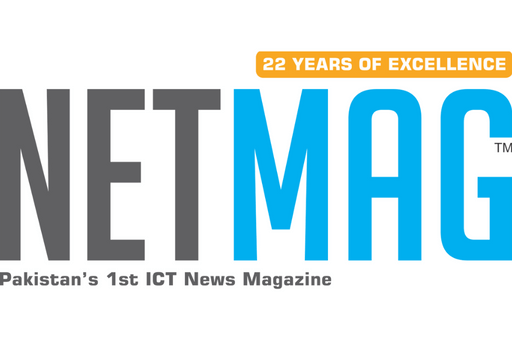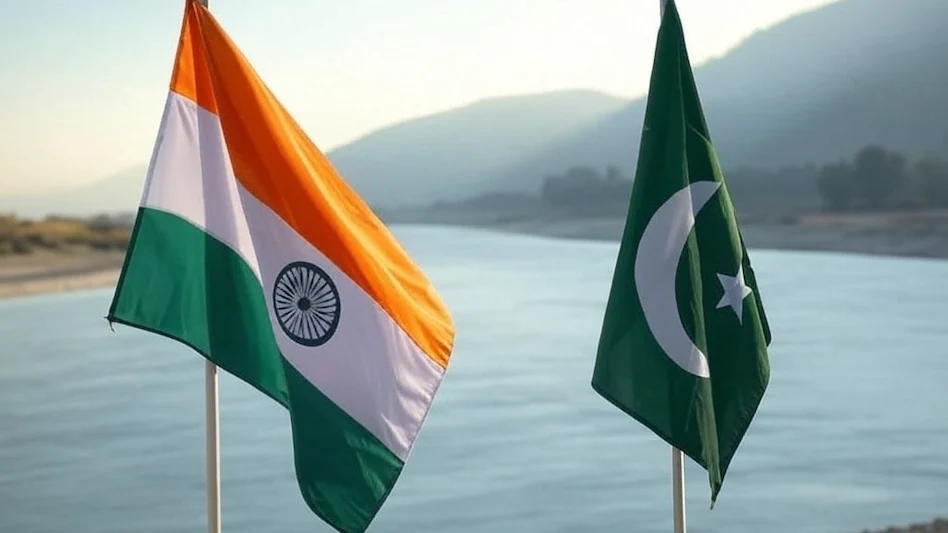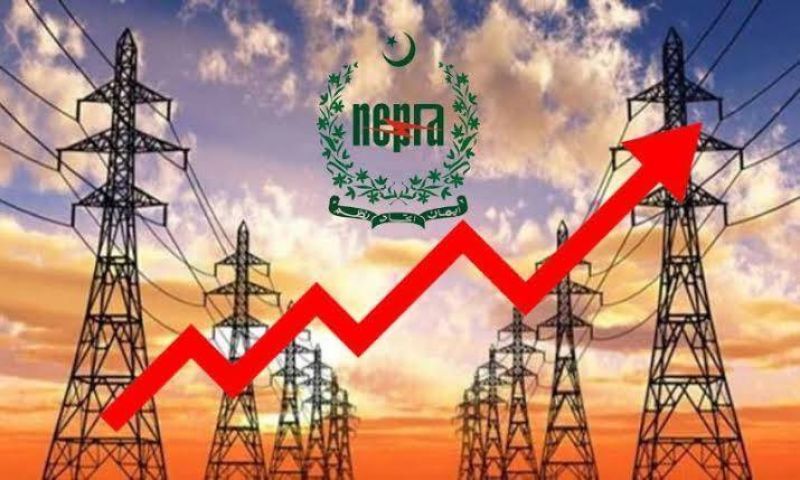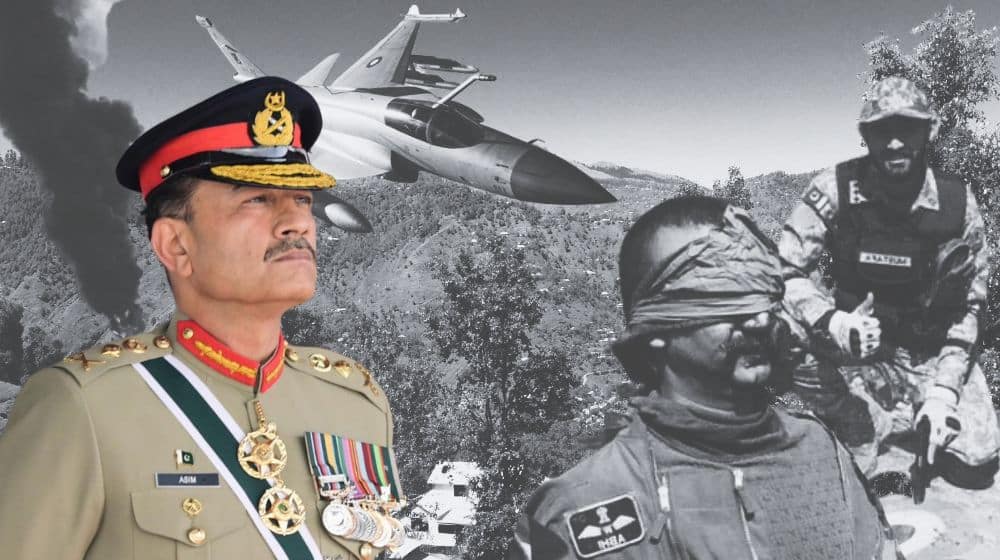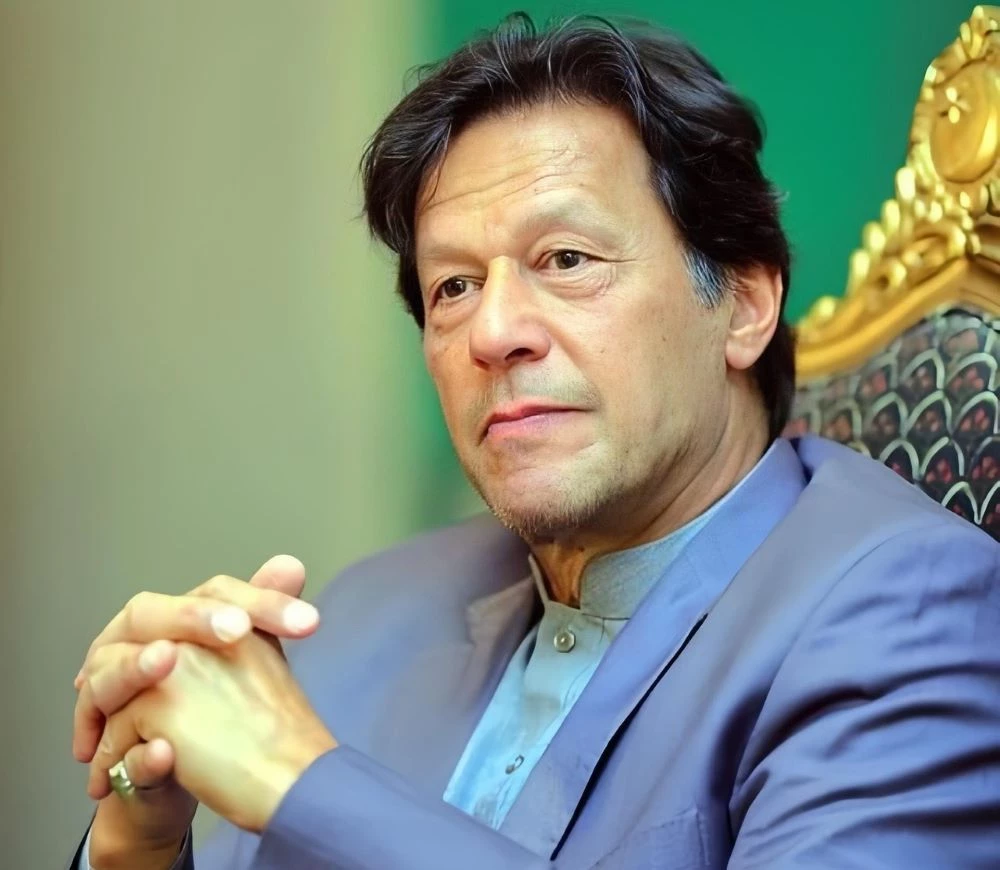During the recent escalation between India-Pakistan, Indian journalists found themselves under fire—not from across the border, but from their own audience. Widely regarded as the second-biggest victims of the conflict, many top media personalities faced severe criticism for spreading misinformation and later issuing public apologies.
Prominent figures like Arnab Goswami and retired Indian Army officer Major Gaurav Arya became the focus of ridicule after rejecting the U.S.-brokered ceasefire and pushing for heightened conflict. Arya defended the use of misinformation by citing it as a wartime tactic, even referencing Hitler. Meanwhile, Goswami expressed disbelief that former U.S. President Donald Trump could have mediated peace, despite reports that India approached Washington to persuade Pakistan to de-escalate.
Trump’s intervention came after aggressive military exchanges, with many analysts pointing to Pakistan’s firm military response as a key factor behind India’s sudden diplomatic outreach. Trump’s ceasefire announcement was seen by some commentators as a face-saving gesture for India.
READ MORE: Trump Offers to Mediate Kashmir Dispute, Praises India-Pakistan Ceasefire
In a strongly worded tweet, senior Pakistani journalist Hamid Mir criticized Goswami, accusing him of damaging India’s reputation through fake news. “Mr. Goswami, you are a loser. You must accept that Pakistan won this war on military as well as diplomatic fronts,” he wrote.
Following this, Indian media abruptly shifted its tone. Previously aggressive rhetoric about Pakistani drone incursions and ceasefire violations gave way to silence or softened narratives. Notably, Indian leadership—including Prime Minister Narendra Modi, Home Minister Amit Shah, and Defence Minister Rajnath Singh—has refrained from making public statements, suggesting deeper concerns or potential embarrassment.
This latest episode highlights a critical flaw in India’s media landscape: the tendency to prioritize sensationalism and propaganda over truth. While misinformation initially fueled public anger, many Indians recognized the distortion and called out the false reporting—particularly claims of widespread destruction in Pakistan.
Ultimately, Pakistan’s composed military and diplomatic approach gave it the upper hand. As regional tensions ease, Pakistan appears more confident in shaping its narrative on both the battlefield and the international stage.
